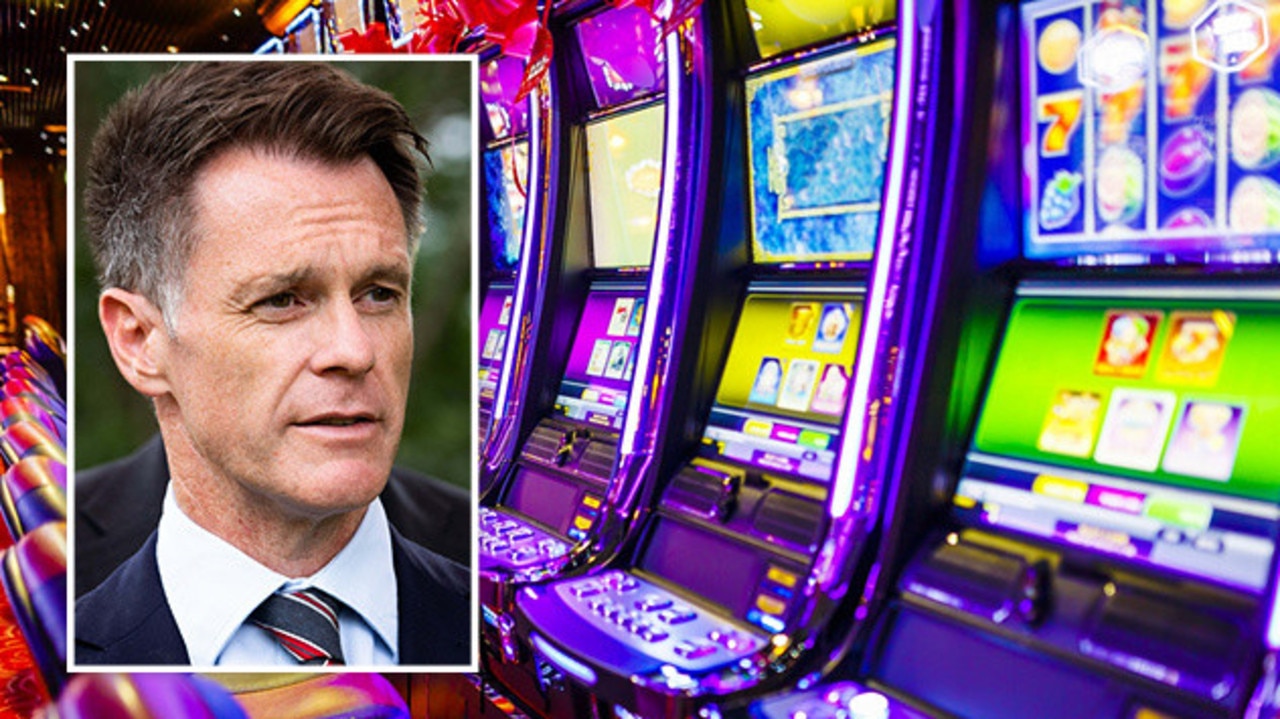Trams borrowed from CBD, South East lines to run on Inner West route
Damaged light rail trams on the Inner West line will be out of action until next October but some services will soon return. Here’s how.

NSW
Don't miss out on the headlines from NSW. Followed categories will be added to My News.
Trams from Sydney’s CBD and southeast lines will be repurposed between Central and Lilyfield to provide a reduced service on part of the Inner West Light Rail route from February.
But passengers will still need to change to a bus to get all the way to Dulwich Hill until the middle of next year, and the cracked Spanish trams that were recently taken out of service will not be fixed until the October long weekend.
Further testing needs to be done to ensure trams from the CBD and southeast lines can work on the inner west route, and drivers still need to be trained in driving the vehicles.
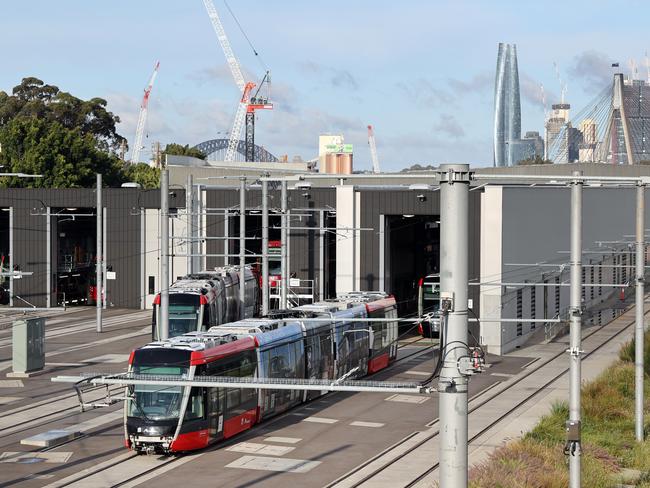
Transport for NSW CEO Howard Collins said he was “pretty confident” the plan would work.
“(I’m) 95 per cent absolutely sure that we’re going to get there by February,” he said.
Mr Collins said the final weight test of the different trams on the inner-west tracks still needed to occur.
He said one of his “biggest concerns” was that taking some trams out of the CBD and southeast lines might impact customers, but said he was “absolutely confident” that passengers would not be affected.
Inner West Light Rail passengers will need to pay full fare to go between Lilyfield and Central when services are restored even though the journey will be slower, and anyone going to Dulwich Hill would need to change to a replacement bus.
“We will progressively restore services to the Inner West Light Rail. It’s planned that by mid year, we will have a full service operating along the route,” Transport Minister Rob Stokes said.
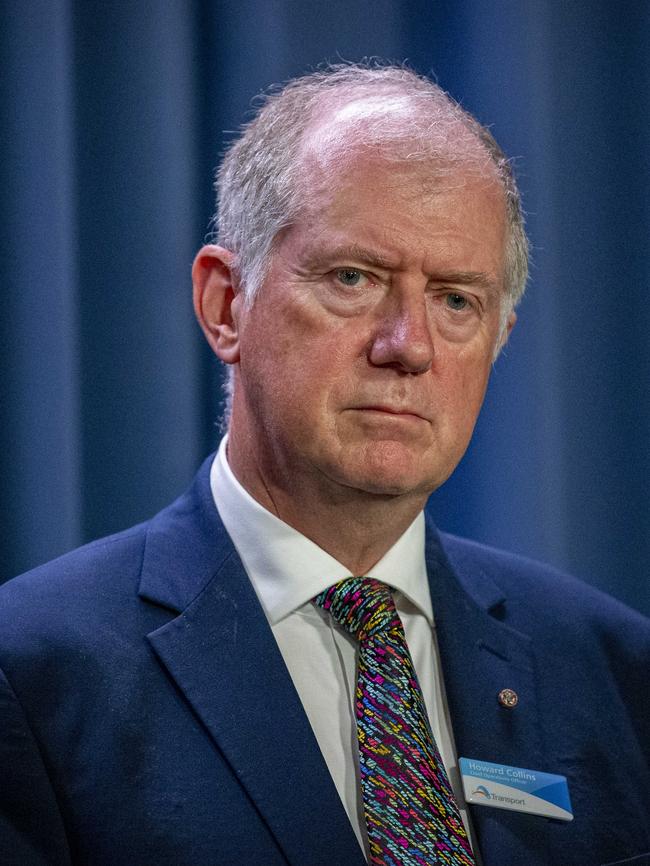
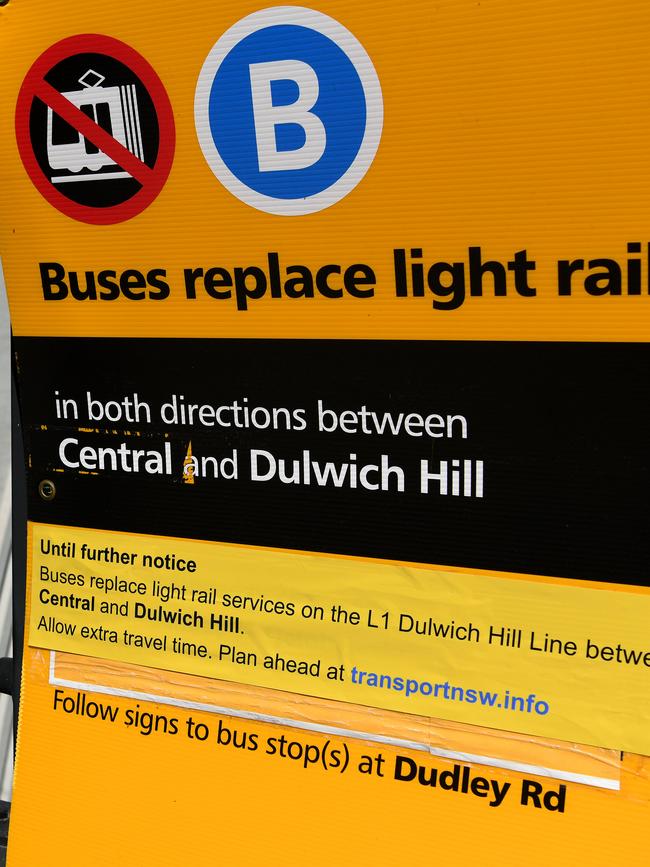
Mr Stokes said all the cracked trams are set to be completed by the October long weekend.
He said this was a “significant improvement” on the original time frame for fixing the trams, which could have taken 18 months.
Labor’s transport spokeswoman Jo Haylen welcomed the return of Central to Lilyfield services, but said “thousands of passengers will still have to wait until at least October next year for a normal service”.
“Passengers shouldn’t be paying full fare for a shuttle service that’s less frequent and slower. If the government wants to provide half a light rail service, then the least they can do is also halve the fare,” Ms Haylen said.
SAFETY ON NEW SYDNEY TRAINS GOES UP IN SMOKE
Rail carriages on the New Intercity Fleet will continue to carry passengers even if on-board smoke detectors are broken, posing a “greater risk” of delay in a fire being identified, internal government documents have revealed.
Officials even warned that operating the train cars with a faulty smoke detector poses a risk of “negative media coverage” for NSW Trains after an emergency “if it comes to light that (the) train continued into service with defective smoke detectors”.
The minimum operating standards for the new Mariyung fleet, delayed by more than two years, allow a train to continue operating even if all the smoke detectors in a particular carriage are broken.
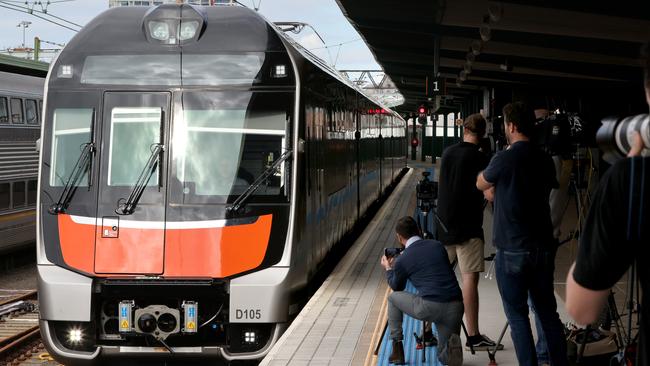
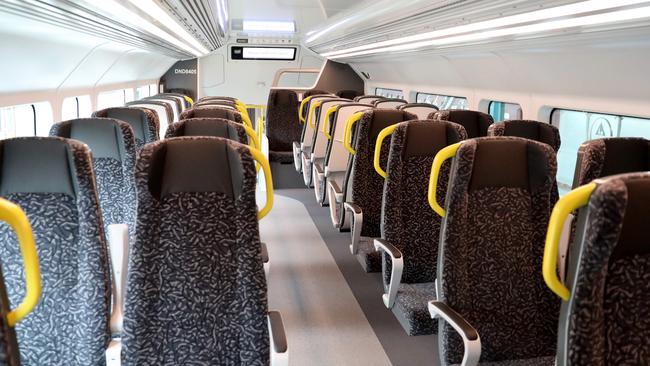
“If all detectors (are) not operational per Car, then, if required, isolate the Car, report to the Train Controller and continue into service,” the standards state.
The revelation is contained in a trove of documents released to parliament, which catalogue more than 3500 faults identified by crews testing the delayed train fleet.
The faults included multiple failures of crucial CCTV cameras required to ensure passengers are clear of the train before it departs a station.
The faults include issues such as poor CCTV visibility in foggy conditions “making it unsafe to depart”. Sun glare was reported making images “hard to see on the screens” and in multiple instances, testing crews reported that the cameras were facing in the wrong direction.
Other more minor issues such as uncomfortable driver seats are included in the faults reported during testing.
“The government’s decision to build the NIF Trains overseas has cost billions of dollars, for a product that’s filled with defects and which is years behind schedule,” Labor’s Transport spokeswoman Jo Haylen said.
“They knew there were serious problems with these overseas built trains, yet they spent years telling the public that there was nothing to see here,” she said.
Transport for NSW defended standards which allowed trains to run with broken smoke detectors.
“Each carriage has either six or seven separate smoke detectors with two levels of detection, so the temporary loss of one detector won’t impact overall safety,” they said in a statement. “Each part of the train has been thoroughly tested to ensure that it is performing as designed and meets all of our network and safety standards.”





